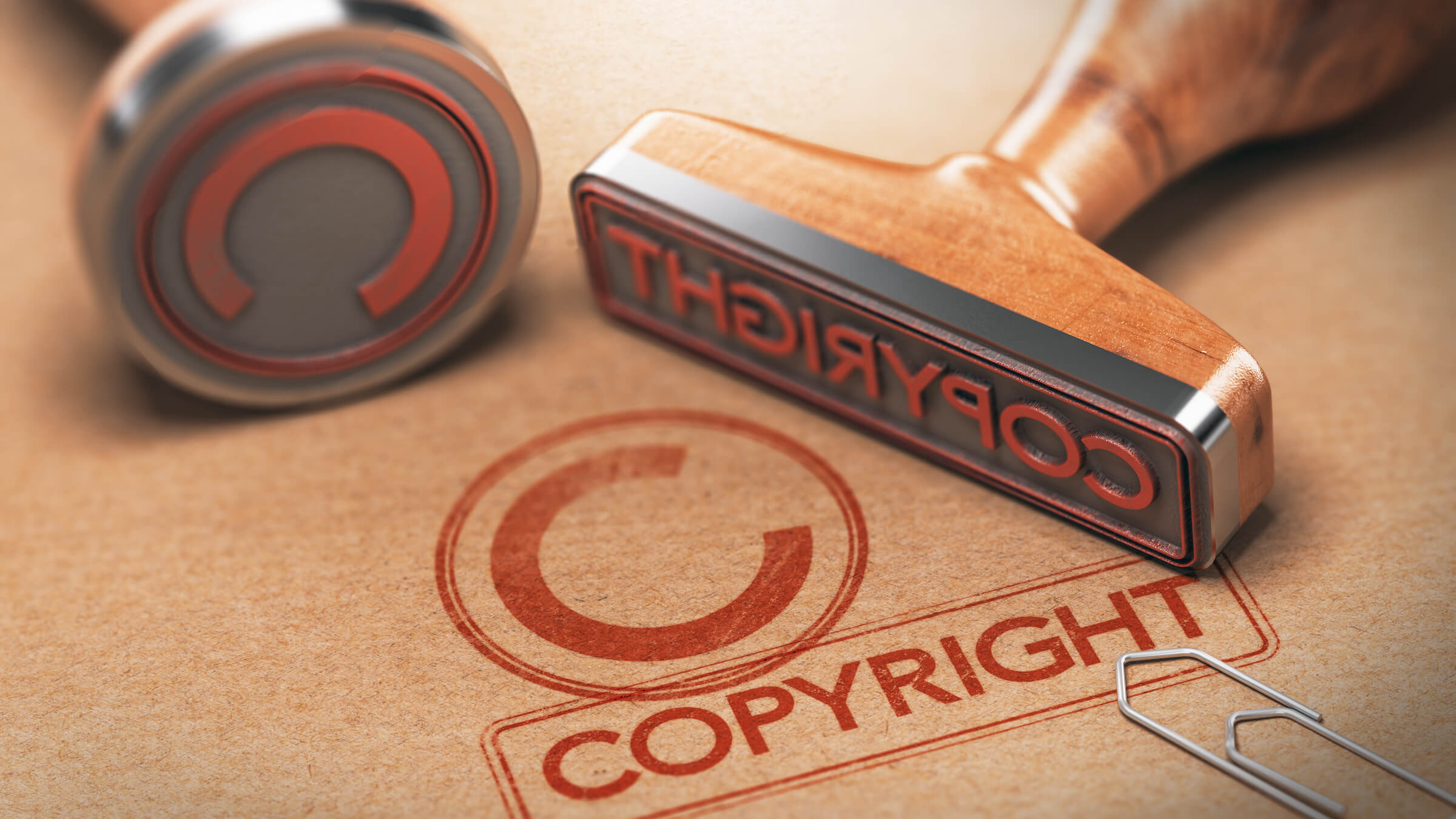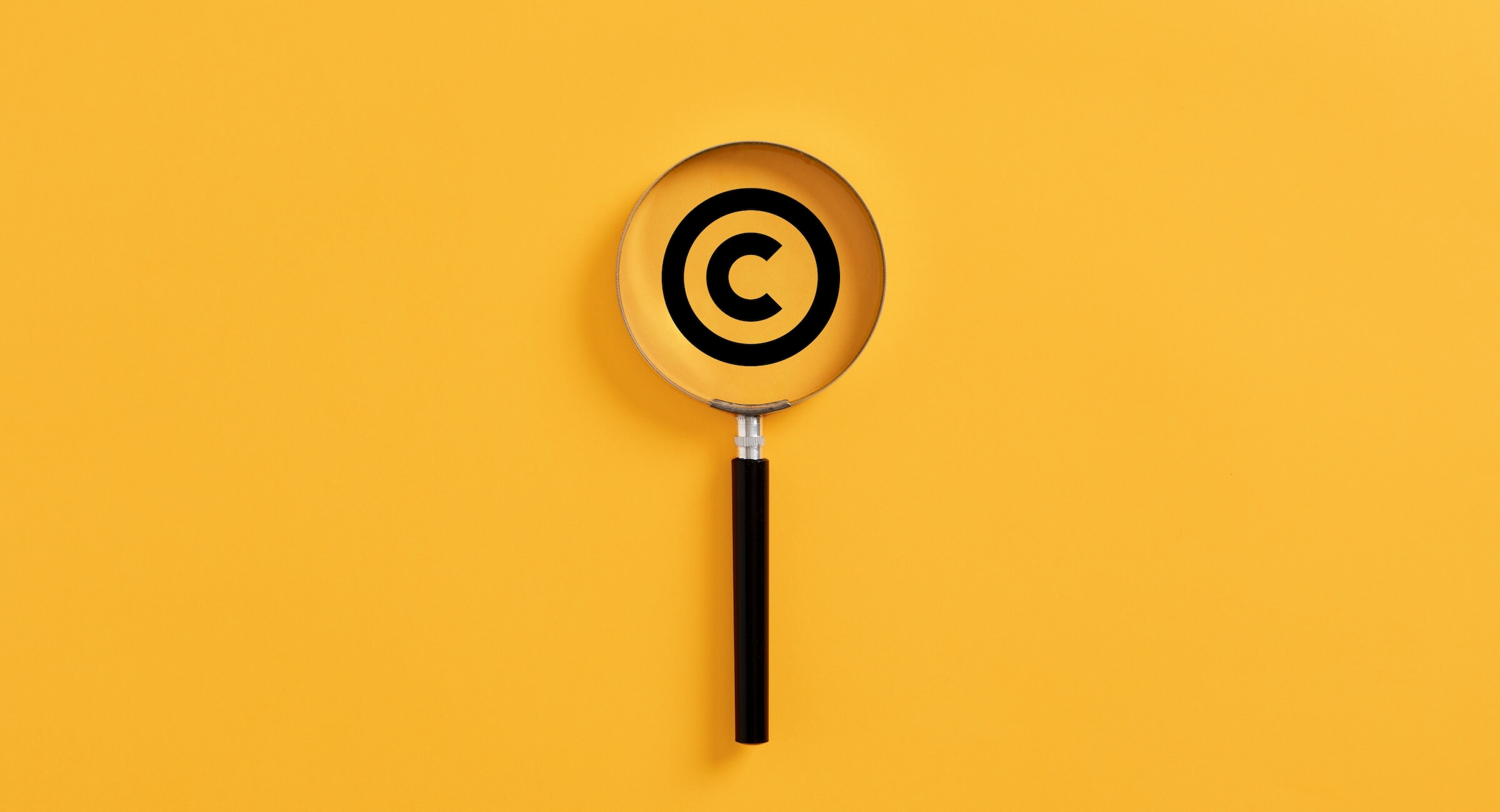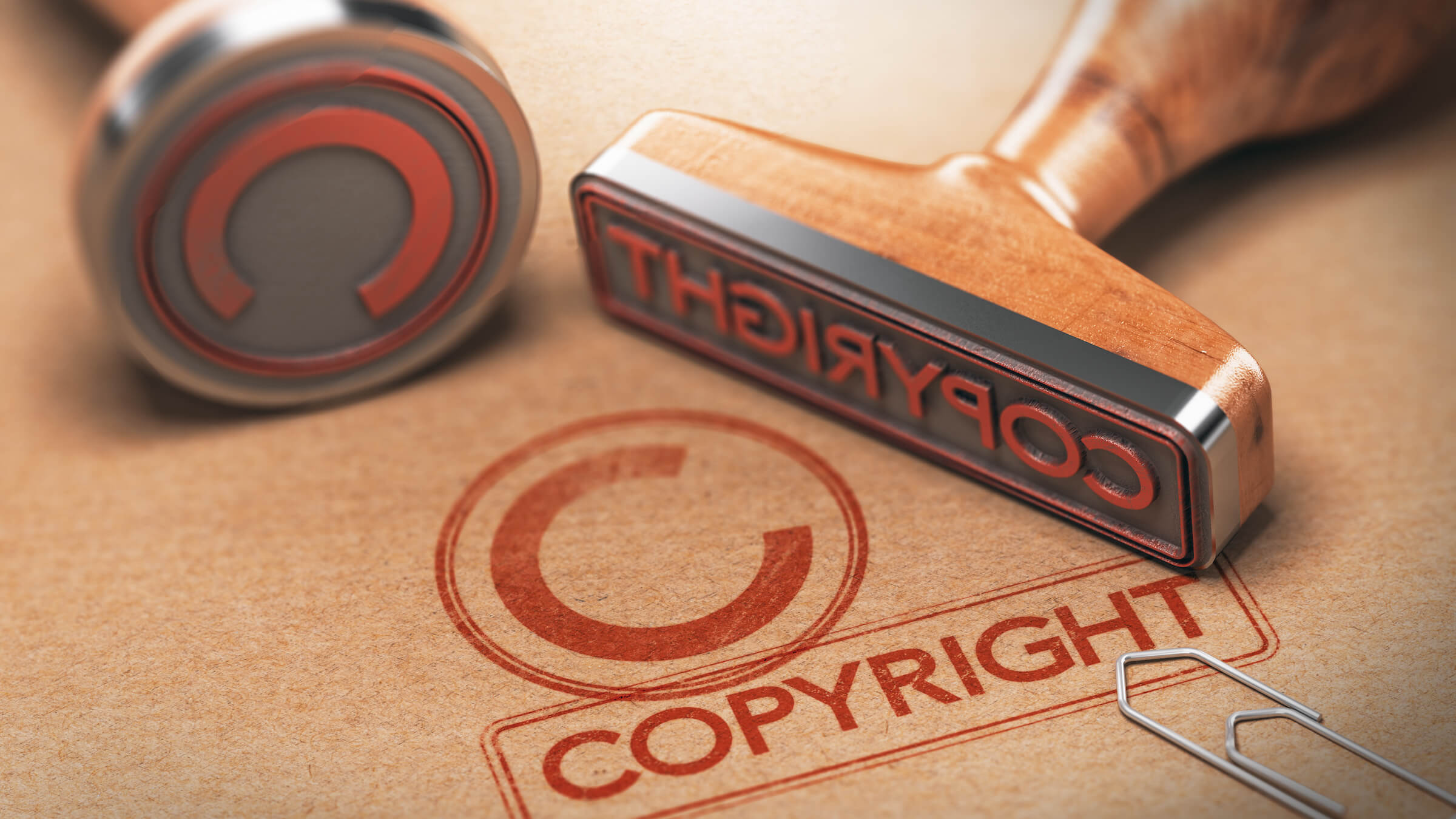The Screenwriter's Guide to Fair Use
December 8, 2023
Fair use is a legal term you might have heard periodically throughout your life, but you don’t know what it means exactly or how it can impact your screenwriting.
How do you know what is fair use and what crosses the line into copyright infringement?
To answer questions about fair use, I spoke once again with David Newhoff and Steven Tepp: copyright experts and cofounders of RightsClick (an online service that facilitates copyright registration for writers). Newhoff has a background in film production and communications and has been a copyright advocate for over a decade. Tepp has an extensive background in IP law, and in addition to serving as senior counsel for the U.S. Copyright Office and teaching copyright law at George Washington University Law School, he’s been a copyright advocate for over 20 years.
What is Fair Use?
Fair use is one of the exceptions in the law that limits copyright rights. It allows you to use a part of someone else’s work; or someone else to use part of yours, even without getting permission.

The 4 Factors of Fair Use
First and foremost, what are the legal standards for fair use?
Tepp and Newhoff directed me to Section 107 of the Copyright Act in which the following 4 factors are considered in questions of fair use:
1.) The purpose and character of the use, including whether such use is of a commercial nature or is for nonprofit educational purposes.
For example, if you use a copyrighted work in a nonprofit documentary, review, or for educational purposes, this factor is likely to favor fair use. However, most movies are commercial enterprises, so this factor isn’t likely to apply to screenwriting or a produced film containing copyrighted material.
“One consideration to apply here,” said Newhoff, “is to consider whether you are using a work in order to comment upon it in some way.”
2.) The nature of the copyrighted work.
If the copyrighted work is of a factual/historical nature and not a creative one (e.g., a movie or novel), it’s more likely to be considered fair use. So, if your screenplay quotes the findings of a study on climate change, it’ll almost certainly fall under fair use. Whereas if your script includes a passage from the Pulp Fiction script, other factors will have to be in play for it to be considered fair use.

3.) The amount and substantiality of the portion used in relation to the copyrighted work as a whole.
This factor is obvious enough: the more of the copyrighted work you use, the less likely it will be considered fair use. For example, if you’re quoting a line from a movie (e.g., “You’re gonna need a bigger boat”), you’re probably in the clear. However, if you also take from Jaws Quint’s USS Indianapolis speech, it’ll most likely not be considered fair use, especially if you use it in its entirety.
This is also a quantitative analysis, so even if you copy something relatively short, if it is the “heart of the work” from which you are copying, this factor could weigh against you. For instance, the refrain of a song may be considered the “heart of the work.”
4.) The effect of the use upon the potential market for or value of the copyrighted work.
Can your use of the copyrighted work potentially harm the market value of the original work? For example, will people stop renting or purchasing the Fast & Furious films because you quoted from Fast Five? The less impact your use has on the market for the work used, the better your chances of it being considered fair use.

It’s Just a Joke: Parody vs Satire
Do parody and satire fall under fair use? Is that why Mel Brooks was allowed to make an obvious Star Wars parody like Spaceballs — because it’s clearly a joke?
“The law looks differently at satire versus parody,” Newhoff said. “Parody, by definition, comments on the thing you’re mocking. So if I use Star Wars protected works to make a joke about Star Wars, that’s parody. Whether it’s the characters George Lucas created or the way Darth Vader breathes, I’m poking fun at the work itself.
“However, if I use Star Wars elements to comment on something else — like equity in society or voting rights or some other topic I want to talk about— that’s satire. That’s not likely going to be found to be a fair use.”
What about simply referencing a film in a satirical fashion? For example, in Keven Smith’s Clerks, the character Randal Graves has a monologue about the ethics of the Rebels killing contractors working on the Death Star when they destroyed it. Throughout many of Smith’s films, characters indulge in similar commentary about Star Wars and other copyrighted properties. Obviously, this is allowed, but how exactly and how does it fall under fair use?
“There has to be a foundation for copyright infringement,” Newhoff answered, “and two characters talking about Star Wars is very unlikely to even get to an infringement because you haven’t copied anything.
“But if you have a scene with X-wing fighters, a Death Star, and Stormtroopers that you’ve recreated in your movie — now you have a potential copyright infringement and the question becomes ‘How did you use those elements? Is it parody? How much did you use?’ Now that’s a fair use question on your hands.”
Your Work Being Used Without Permission
But what if it’s the other way around and you think someone is using something you’ve written and have a registered copyright? In addition to contacting a lawyer, does RightsClick offer any features that can help users in this regard?
Tepp answered, “RightsClick has a unique feature where the software prompts the user when they have found an unauthorized use of their work they can go to our infringement assessment tool. They’ll be prompted to answer some basic questions about the nature of the infringement and the facts necessary to establish a prima facie case and then the software will prompt them to answer questions about the nature of the use.
“After answering these questions, the software provides a summary from which the user can determine whether they have a strong or weak case of infringement, a strong or weak augment for fair use, and then they can decide how to proceed.”
Read More: Protecting Your Screenplay: A Guide to Copyright Registration
Written by: Edwin Cannistraci
Edwin Cannistraci is a professional screenwriter. His comedy specs PIERRE PIERRE and O’GUNN both sold with more than one A-list actor and director attached. In addition, he’s successfully pitched feature scripts, TV pilots and has landed various assignment jobs for Universal, Warner Bros, Paramount and Disney.- Topics:
- Screenwriting & Craft




